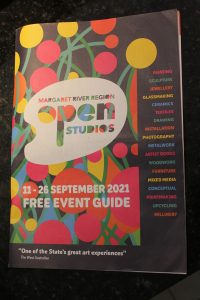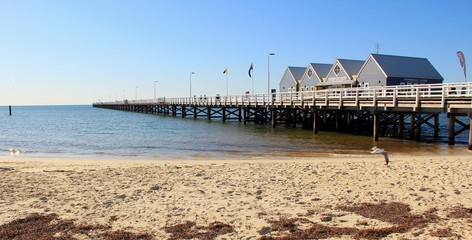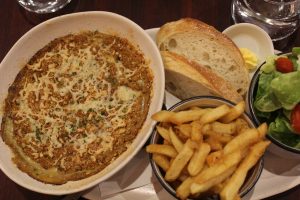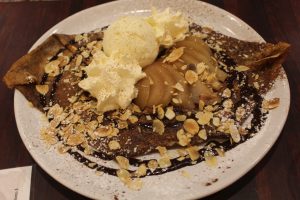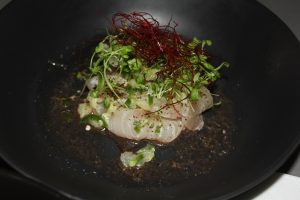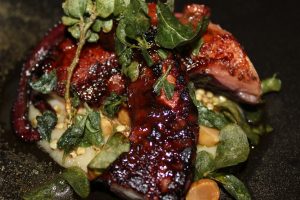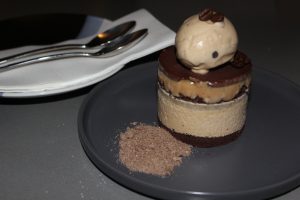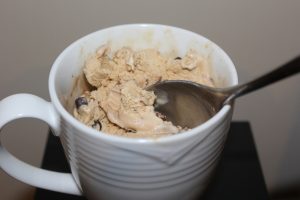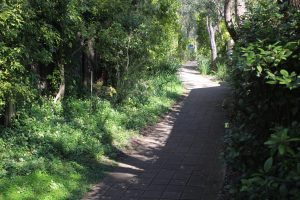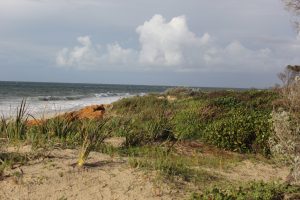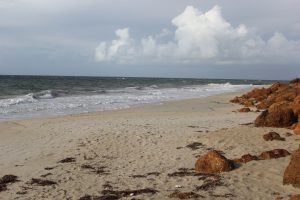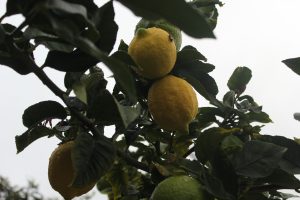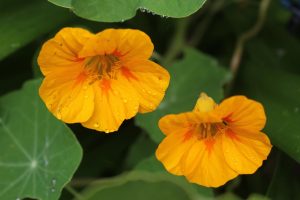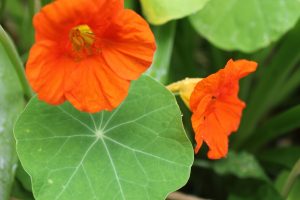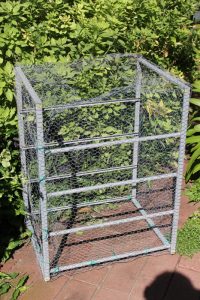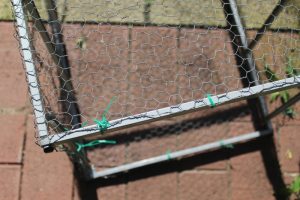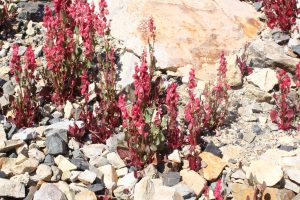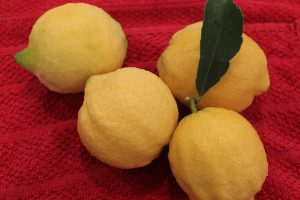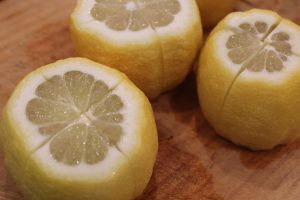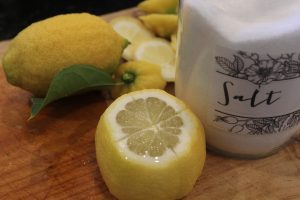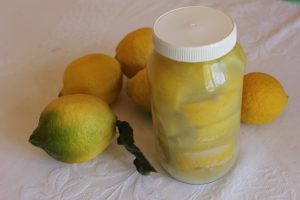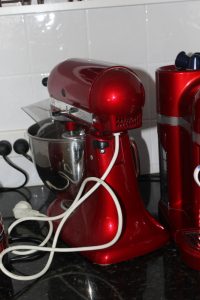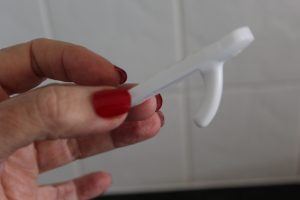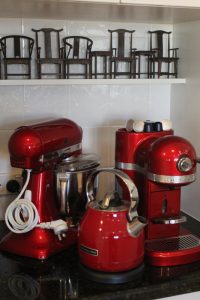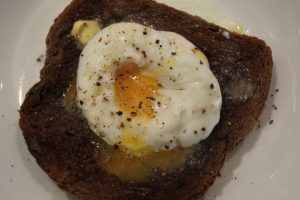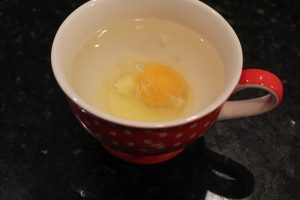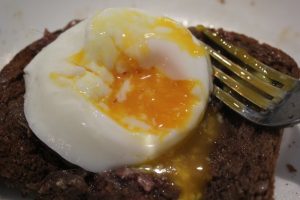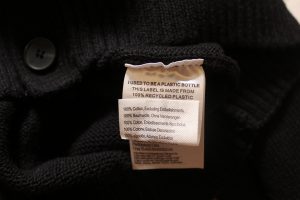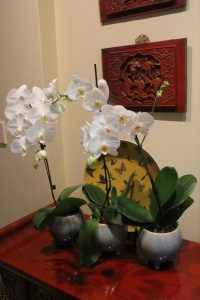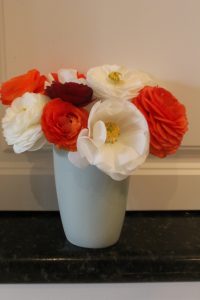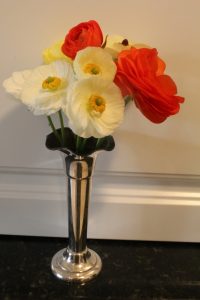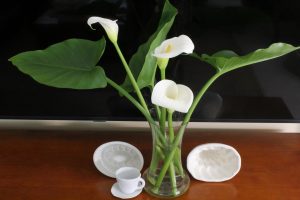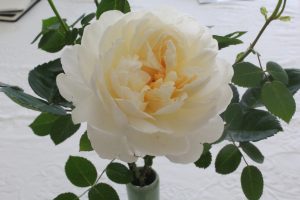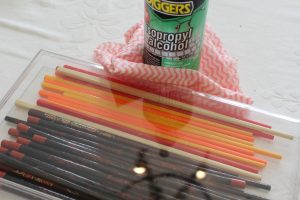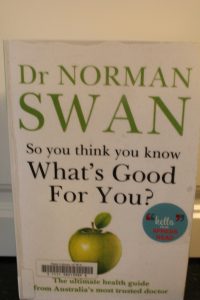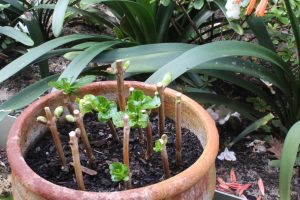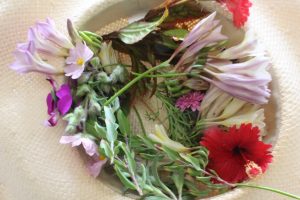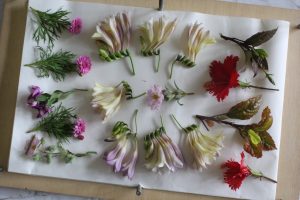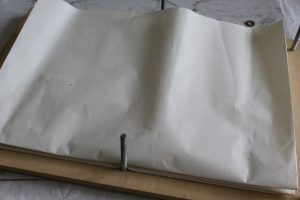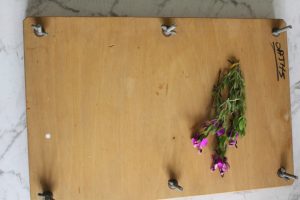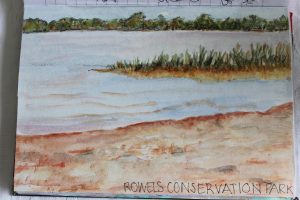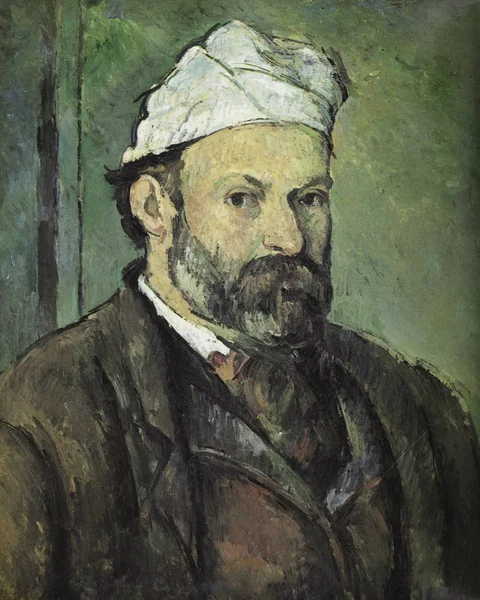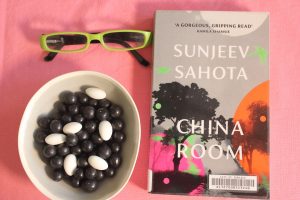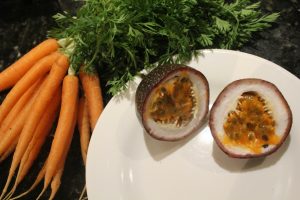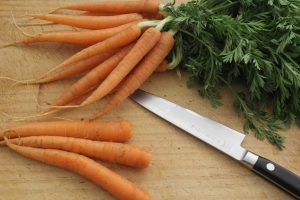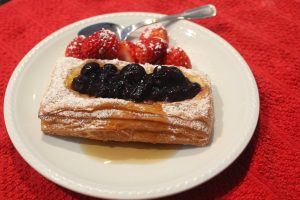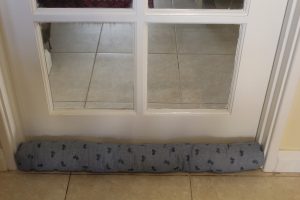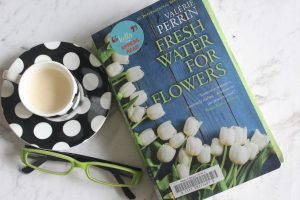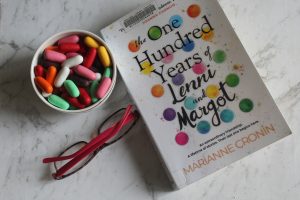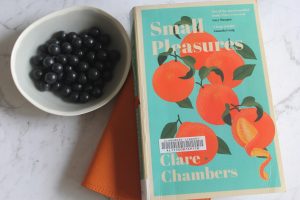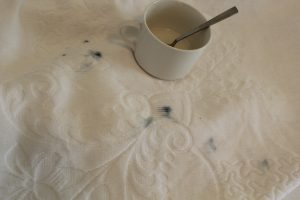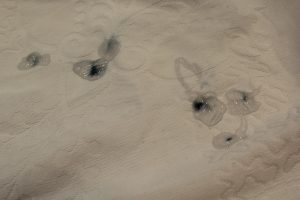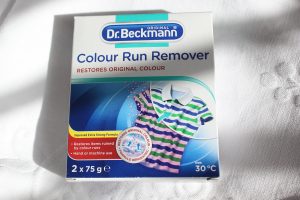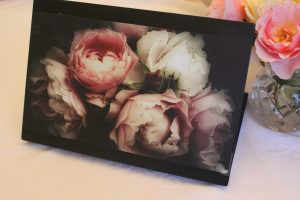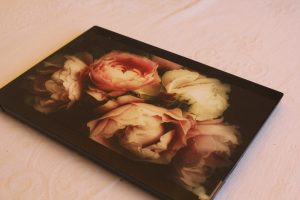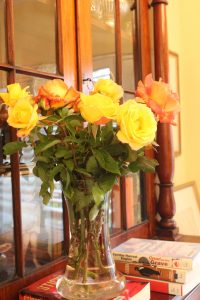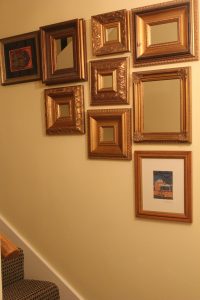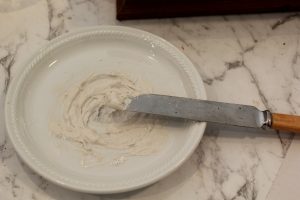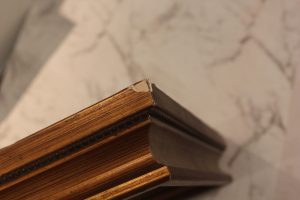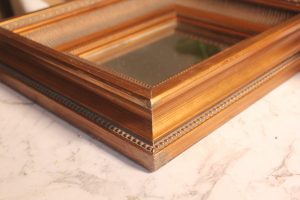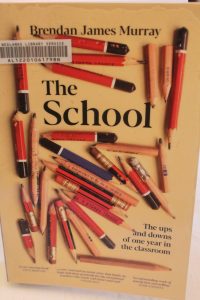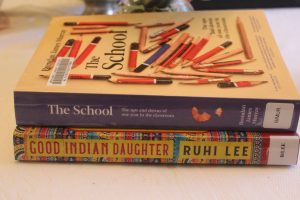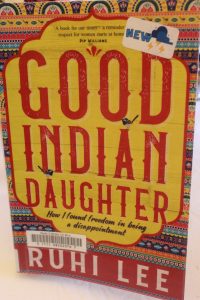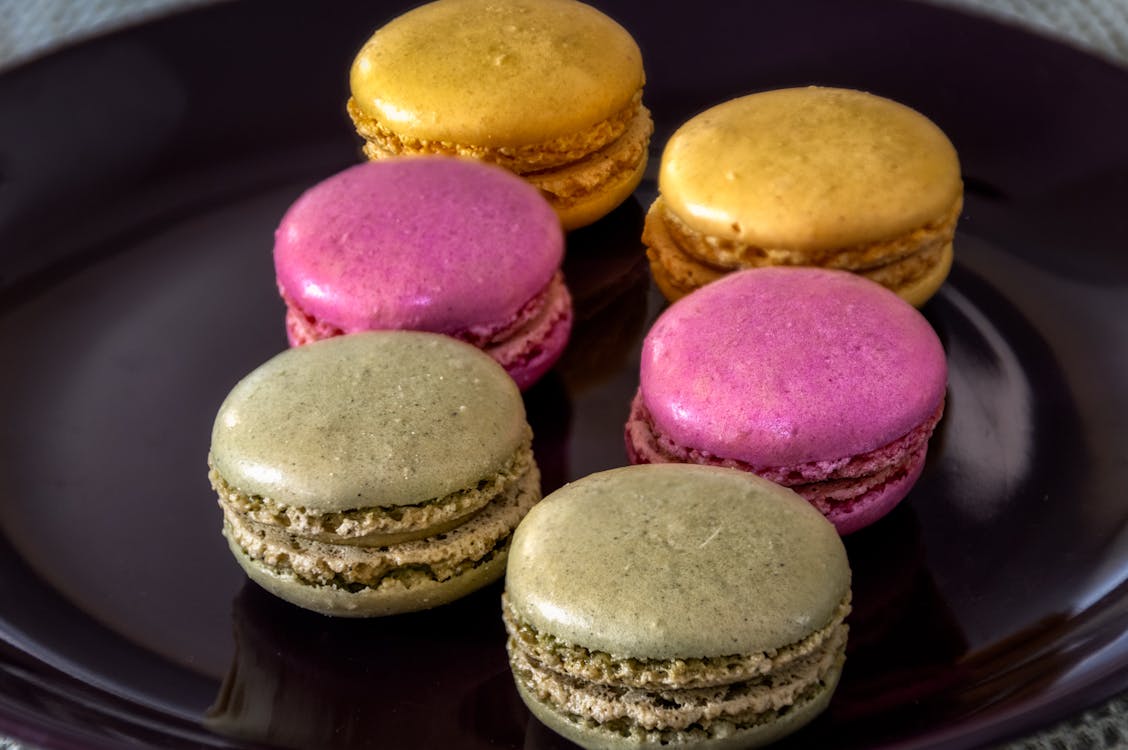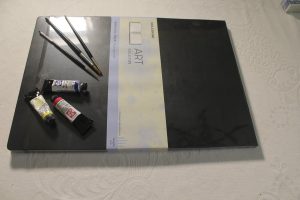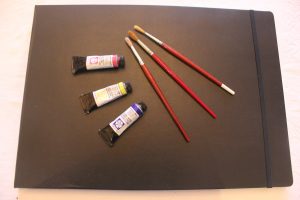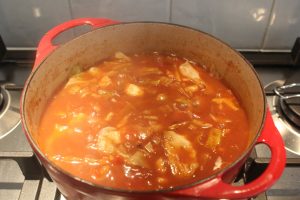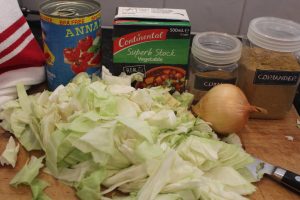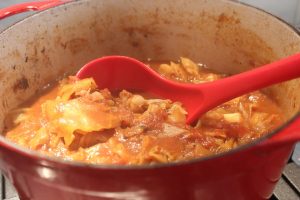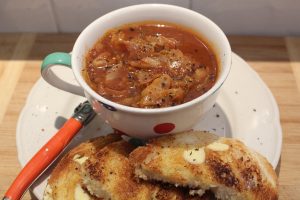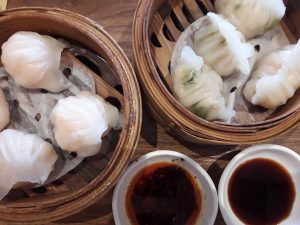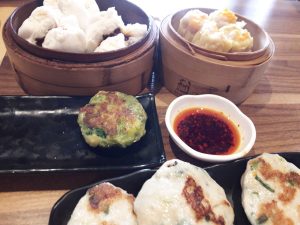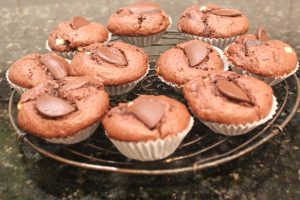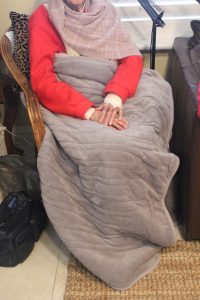MY MOTHER’S 90TH BIRTHDAY
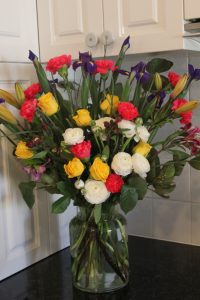

My mother has always said she’s going to live to be 100 and she’s well on the way! Last week she celebrated her 9oth Birthday Lunch in Australind. She really enjoyed being surrounded by her family and friends who helped to commemorate this special occasion. All the guest were important to her, from family members, to friends from her many interests such a local government (she was on the Harvey Shire for 18 years, many as the Deputy President), service clubs, the Church, her gym, history, genealogy and her lovely neighbours.
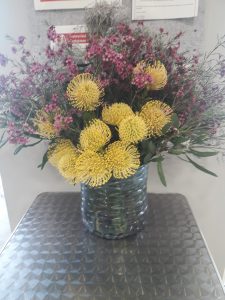

Local wildflowers. After heavy, consistent rain, we having a bumper season for wild flowers.
One of my sisters in law organised the catering, I organised the flowers! The day before my husband and I visited two florists as I had a specific list. Shopping for beautiful fresh flowers is a very nice way to spend the morning. This resulted in one big vase of flowers for her to take home after the event and also small vases on each table.
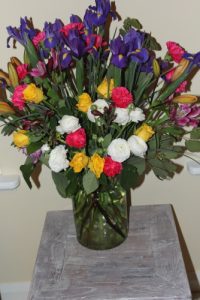

Our own roses have recovered from chili thrip and are lush and healthy. I used a combination of our roses and bought roses with some white ranunculus, rosemary and small leaf ivy to make table decorations.
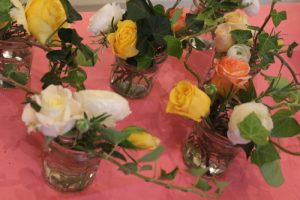

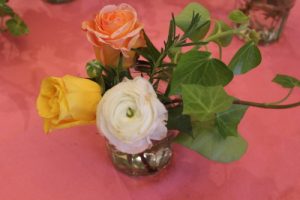

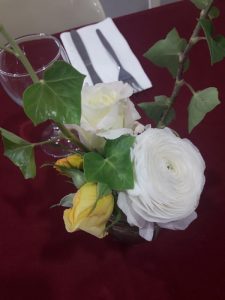

Individual table decorations re-used in a single pot and now on my table. So pretty.
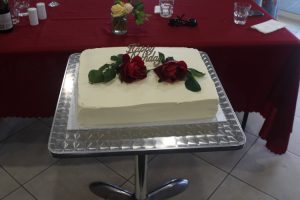

HAPPY BIRTHDAY, MUM!
GREEK SALAD
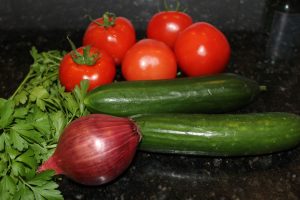

Smelt fresh tomatoes at the green grocer and knew it was time for Greek salad. All you need is tomatoes, cucumbers, a red onion, olives, a clove of garlic and feta cheese plus Extra Virgin Olive Oil and vinegar. I squeeze lemon juice into the dressing and sometimes add some mustard, too, but it depends on what you like and what is available! I like a classic Greek feta made from sheep and goat milk but most feta will taste good in this salad.
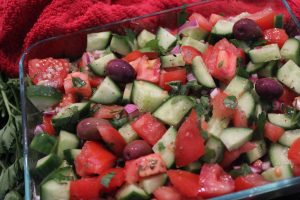

Usually a Greek Salad has oregano in it and I added some to the dressing but I also had masses of parsley and I wanted to use some of that, too, Tasted fresh and clean.
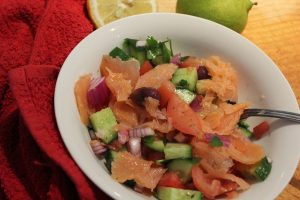

Lunch of Greek salad and smoked salmon. Just add half a lemon or lime on the side and it’s all done!
Leave the salad for several hours for the taste to develop. I make a large dish full, adding the chopped feta as I serve the salad. The large dish has a tightly fitted lid and I keep it for two or three day in the fridge. The flavours just get better.
NON TOXIC WEED KILLER
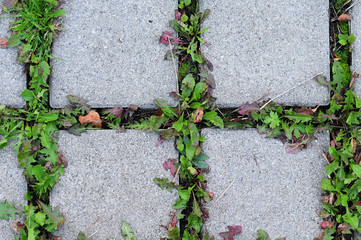

A long wet winter and we are inundated by weeds, just like everyone else! I don’t like to use commercial weed killing sprays in the garden as I’m sure the residual toxins permeate the soil. My main concern is for our dog’s well being; he’s often in the garden and I don’t want him exposed to the toxins in weed sprays.
There’s many non toxic weed killing methods online. Of course, pulling out weeds by hand is the best way but we have so many! I’d seen this recipe on different sites for a few years and finally made it. Trialed it on brick paving and was pleased with the outcome. I have tried using just vinegar in the past and it wasn’t very effective.
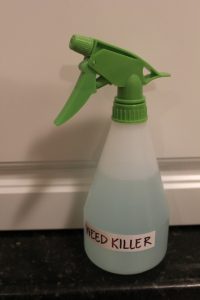

NON TOXIC, EFFECTIVE WEED KILLER
1 litre white vinegar
3 tablespoons of salt
3 tablespoons washing up detergent
( This increases the wetability and viscosity of the spray, meaning it sticks to the weed and doesn’t just run off)
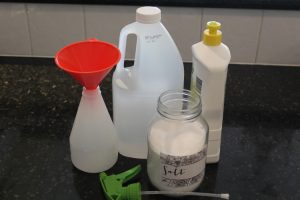

Shake the vinegar and salt in a plastic bottle until the salt is dissolved. Add the detergent and shake to mix. Leave it until the foam subsides. Decant some to fill a spray bottle.
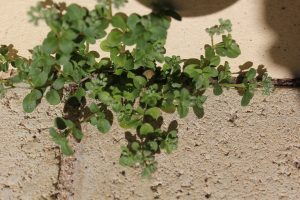

Before
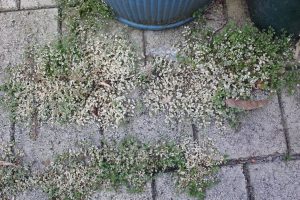

After
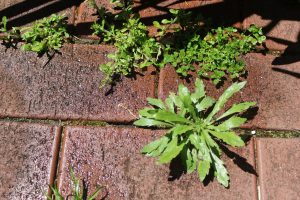

Before
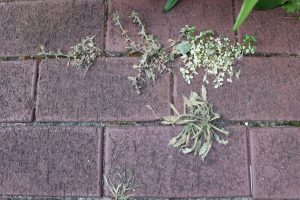

Choose a warm day when the weeds are in the sun and will be for at least an hour, then spray. I will wait for hotter weather then do it again. It took two days for the weeds to really die and I still had to pull them out. It was very easy to remove the weeds when they were dead. I will keep using this spray Shake the bottle occasionally to make sure your spray is well mixed.
WORLD TEACHERS DAY
World Teachers Day, created in 1965 by UNESCO is celebrated on 5th October each year. The theme this year is “Teachers at the heart of recovery”, recognising the many ways teachers have made determined and diligent efforts to maintain educational programs during the CV-19 pandemic.

